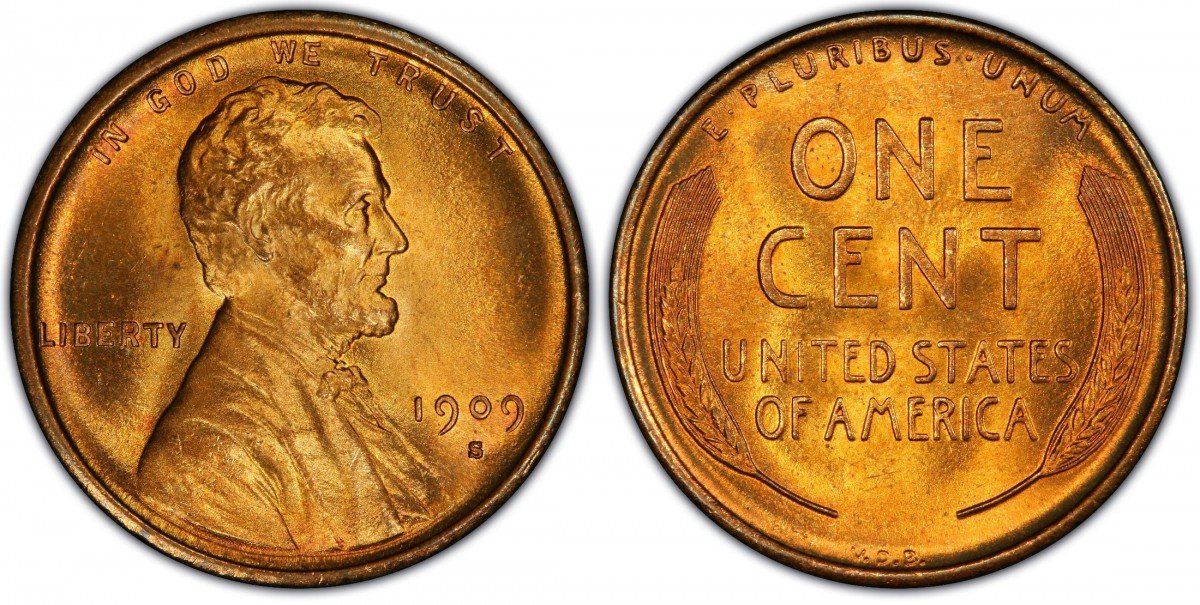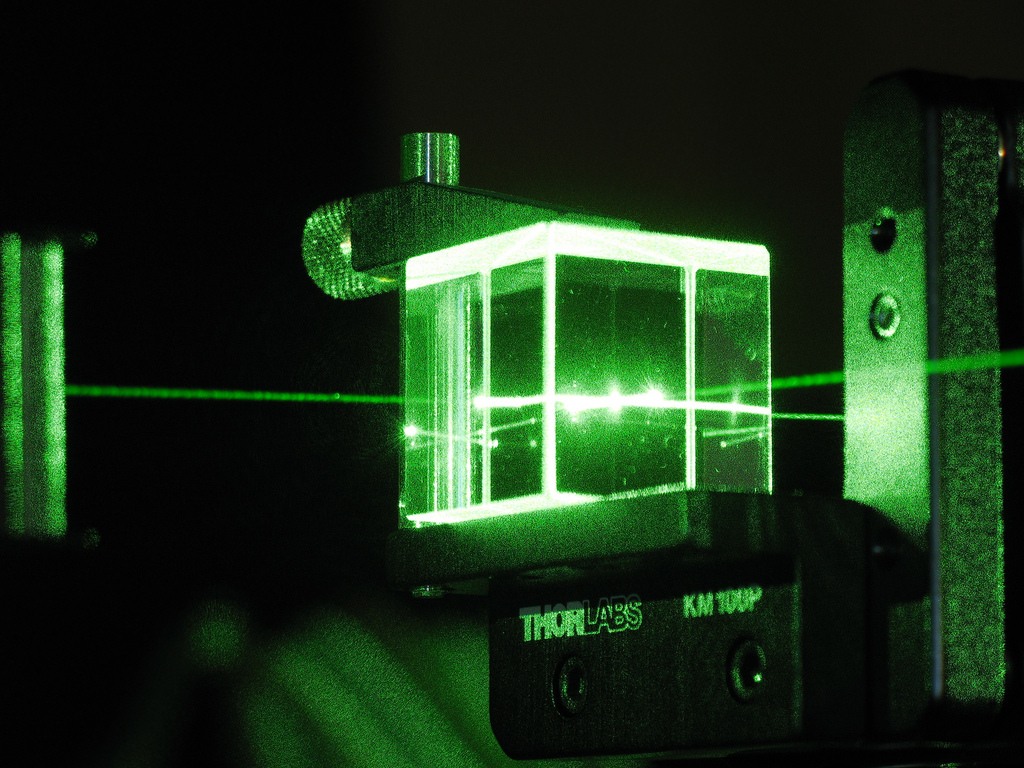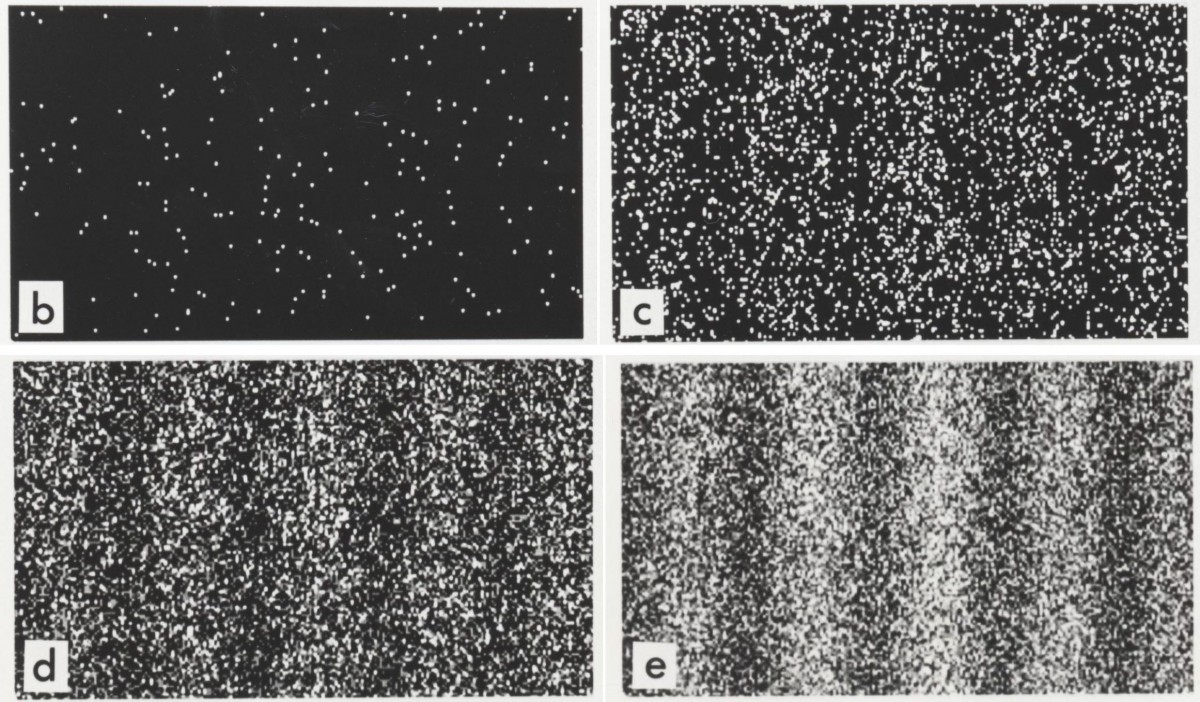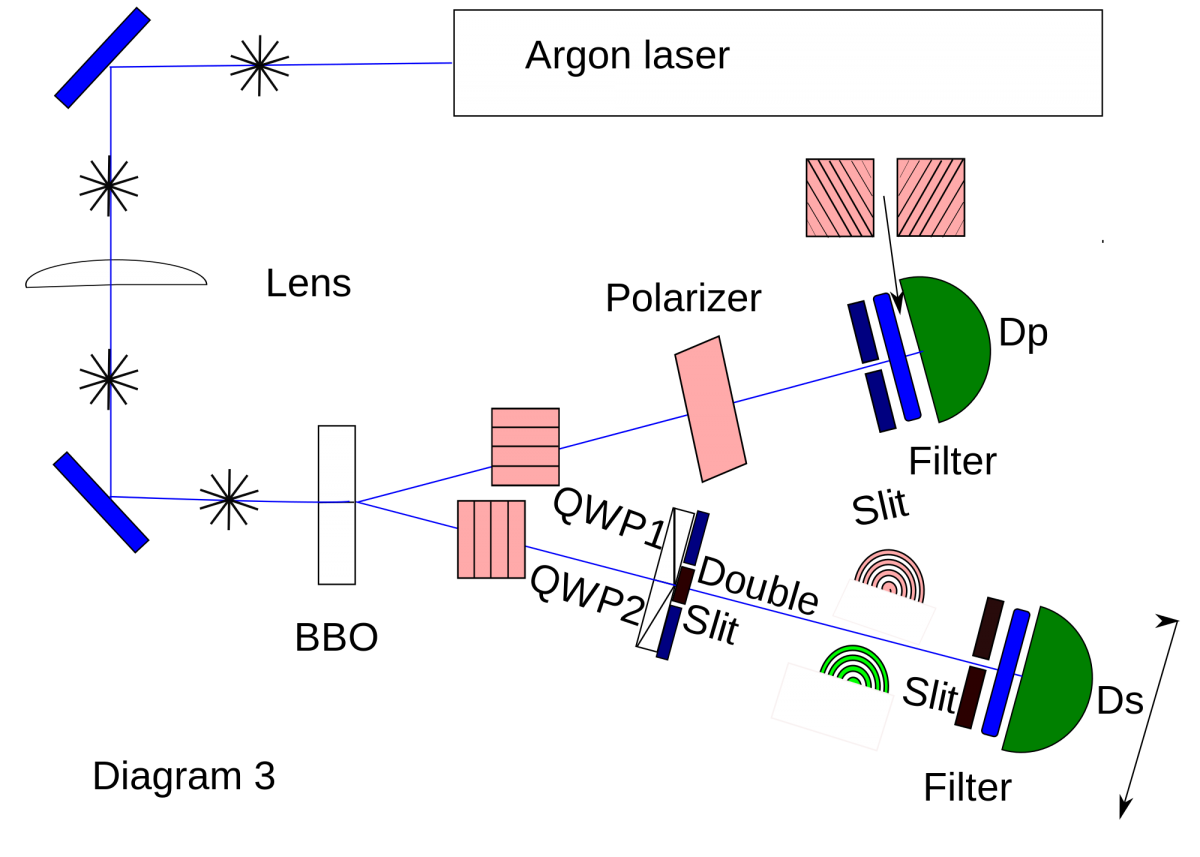Ask Ethan: Can quantum entanglement be used to send messages faster than light?

The concept of the Japanese solar sail IKAROS in a remote star system
We have already discussed the project of Yuri Milner and Stephen Hawking, Breakthrough Starshot , on sending a spacecraft to another solar system located in our galaxy. And although a giant array of lasers can in principle send light ships the size of a microchip to another star at a speed of 20% of the speed of light, it is unclear how these devices, devoid of energy sources, will transmit us messages through vast spaces. Olivier Manuel believes he found a way out:
This is a bold assumption, but is it possible to use quantum entanglement to pass messages?
')
It is worth considering this opportunity. Let's take a look at this idea.

Imagine that you have two coins, each of which can be dropped by tails or tails. One for you, another for me, and we are very far from each other. We throw them up, catch them, and lay them on the table. When we look at the coin, we expect that each of us has a 50/50 chance to open an eagle and 50/50 for tails. In a conventional, uncorrupted universe, our results with you will not depend on each other. If you get an eagle, I still have a 50/50 chance of getting an eagle or tails. But under special circumstances, the results can be confusing, that is, when you have an eagle, you can be 100% sure that I have a head start - even before I tell you about it. You will know this instantly, even if there are light years between us.

Bell's quantum mechanical test for particles with half-integer spin
In quantum physics, not coins, but individual particles, electrons, or photons get tangled, and then, for example, each of the photons can have a spin of +1 or -1. If you measure the spin of one of them, you can immediately recognize the spin of the other, even if it is half a distance away. As long as you do not measure the spin of these particles, they will exist in an indefinite state; but when you measure one, you immediately recognize the second. On Earth, we conducted an experiment where two entangled photons were divided into many kilometers, and we measured their backs with an interval less than a few nanoseconds. We found that if one of them turned out to be +1, we knew that the other was -1 10,000 times faster than the speed of light would allow us to transmit this information.

Let us return to the question of Olivier: can this intricacy be used to transmit messages from a remote star system to ours? In principle, yes, if a measurement performed at a remote point is taken as one of the forms of communication. But speaking of messages, you most likely mean that you want to learn something about a remote point. You can, for example, keep a particle in an uncertain state, send it to a remote star, and set the task of finding a rocky planet in the habitable zone. If the system finds a planet, then the measurement causes the particle to assume a state of +1, and if it does not find it, the measurement gives the particle a state of -1.

Therefore, it seems that the particle on Earth, when you measure it, will be either in the -1 state, which means that the spacecraft has found a rocky planet in the habitable zone, or in the +1 state, which means that there is no planet . If you know that a measurement has occurred, you should be able to take your measurement and immediately find out the state of that particle, possibly in many light years from you.

Wave pattern during the passage of electrons through two slits. If we measure the specific gap through which electrons pass, the quantum interference pattern is disturbed.
A brilliant plan, but he has a problem: entanglement works only if you ask the particle: “What state are you in?”. If you force an entangled particle to accept any state, you break the entanglement, and the measurement on Earth will not depend on the measurements at the distant star. If you simply measure the state of a remote particle, be it +1 or -1, then your measurement on Earth will give you, respectively, -1 or +1, and you will know the state of the remote star. But if you force the remote particle to accept the state +1 or -1, it will mean, regardless of the result, that your particle on Earth will be in the state +1 or -1 with chances of 50/50.

Experiment with erasing the quantum state
This is one of the most incomprehensible properties of quantum physics: entanglement can be used to obtain information about a system component, when you know the complete state, and you measure the state of another component, but not to create and transmit information from one part of the entangled system to another. A clever idea, Olivier, but there is no communication with a speed exceeding the light one.

The effect of quantum teleportation is confused with traveling faster than light. In fact, information is not transmitted faster than light.
Quantum entanglement is an amazing property, and it can be used for different purposes, for example, in an ideal lock / key system. But communication is faster than light? To understand why this is impossible, you need to understand the key property of quantum physics: forcing a part of an entangled system to transition into a certain state does not allow you to obtain information about this state by measuring its remaining part. As Niels Bohr’s famous saying goes:
If quantum mechanics hasn't shocked you yet, you just haven't understood it yet.
The universe constantly plays dice with us, to Einstein’s great chagrin. But nature even upsets our best attempts to cheat in this game. If only all judges and arbitrators were as strict as the laws of quantum physics!
Source: https://habr.com/ru/post/403147/
All Articles